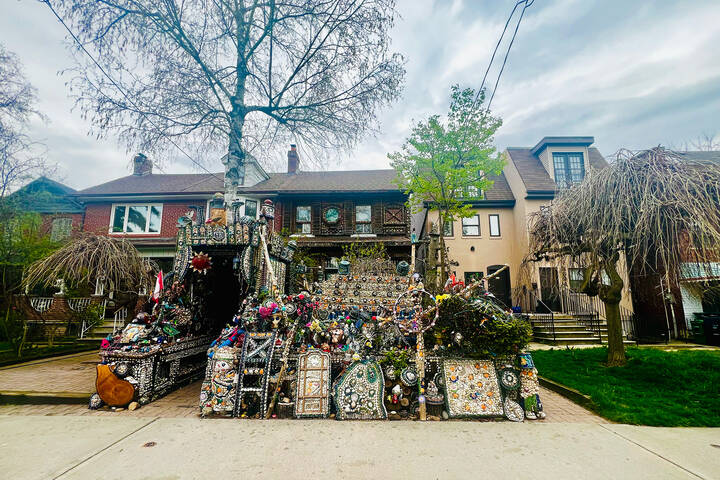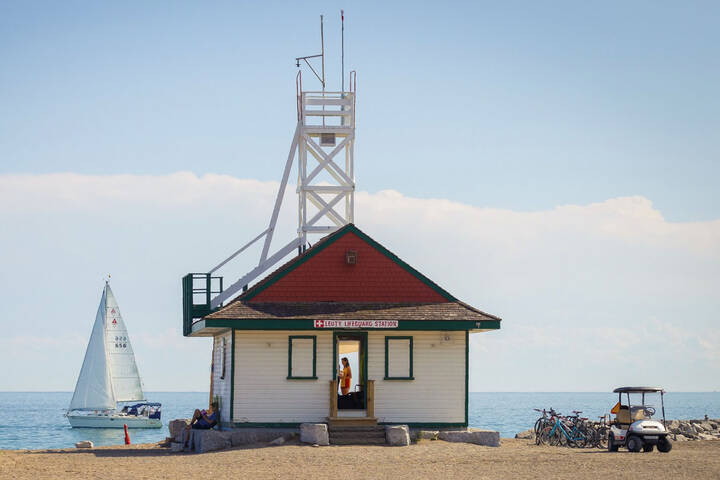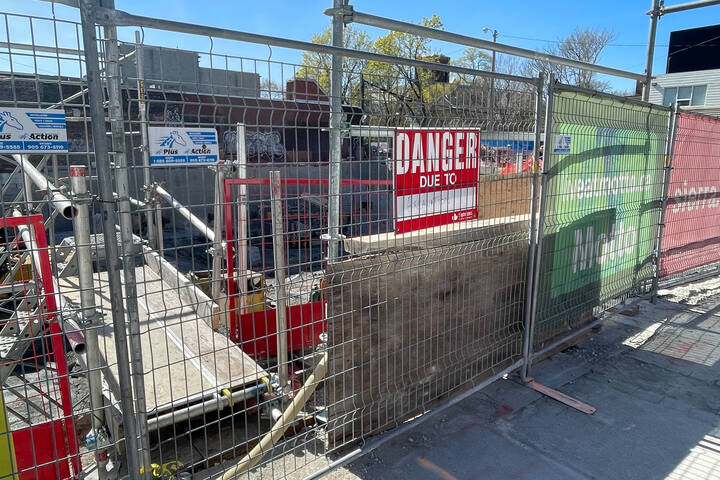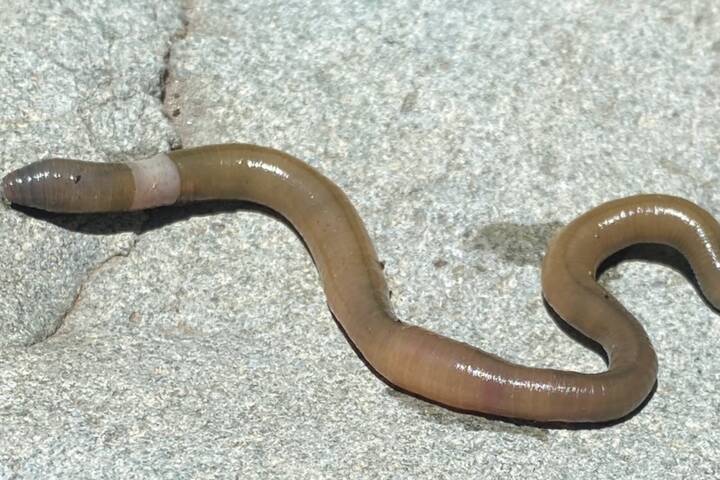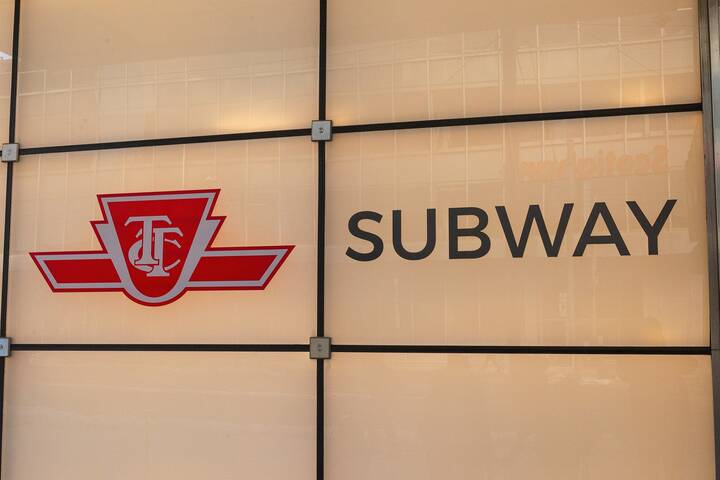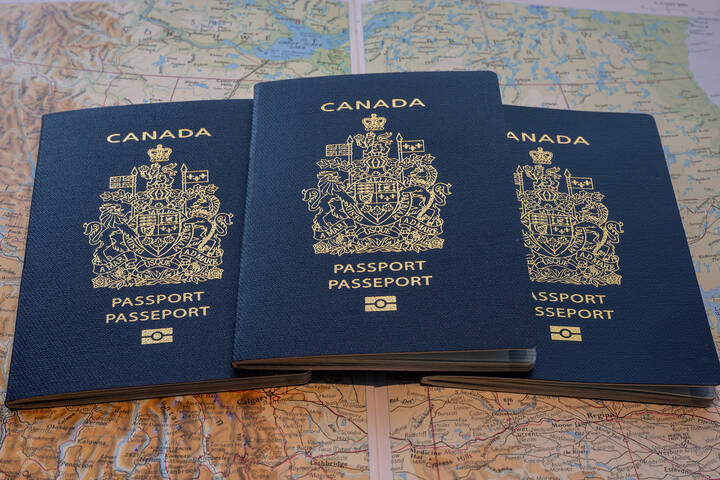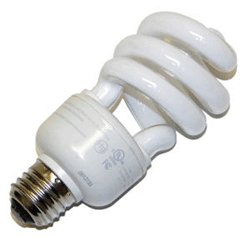
Energy Saving Bulbs Not A Fire Hazard
A misleading report on 680News has some Torontonian's concerned over the apparent fire hazard of compact fluorescent light bulbs (CFL bulbs). 680News issued the report this morning, after CBC.ca informed us that these bulbs do not pose a threat, but do have an interesting end to their seemingly ever-lasting life.
According to Stuart Hickox of One Change/Project Porchlight (an organization giving free CFL bulbs out in Ottawa, Thunder Bay and Yellowknife), these energy-saving bulbs have been around for years, and have been thoroughly tested. My guess is that environmentally aware folks, who purchased these bulbs when they first became known for decreasing energy consumption levels, are just now witnessing the bulbs inevitable "light at the end of the tunnel".
The science behind it tells us this:
"Bulbs burn out when the ballast overheats and an electronic component, the Voltage Dependent Resister (VDR), opens up like a fuse in your home's fuse box, shutting off the circuit and generating heat and possibly a small amount of smoke. This might sound dangerous, but the VDR is a cut-off switch that prevents any hazards. The melted plastic you're seeing where the glass coil connects to the ballast is simply a sign that the heat is escaping as intended in the design of the bulb."
So, the burny smell coming from your CFL bulb when it dies is normal, as is the melting/overheating. Your house will not explode if you use these lights. The ballast of the lights should be made of a UL approved plastic (Underwriters Laboratories), ensuring that the base can tolerate the amount of heat emitted when the bulb's life span is over (you can check your bulbs, it should have the letters "UL" on it). Ontario's Electrical Safety Authority will be releasing a warning later this week, notifying the public of the normal, yet understandably alarming, CFL bulb expiration process.

What you do have to be concerned about is the proper disposal of these bulbs. They contain mercury, and they should be brought to your nearest solid waste drop off depot (disposal is free, I called to check). You can also bring them to your local Community Environment Day event to get rid of them. The mercury from the bulb can be collected, distilled and reused, so no toxic materials end up in our landfills and water systems. No three-eyed Blinky's for us!
Photos: servicelighting.com and capefeare.com
Latest Videos
Latest Videos
Join the conversation Load comments
